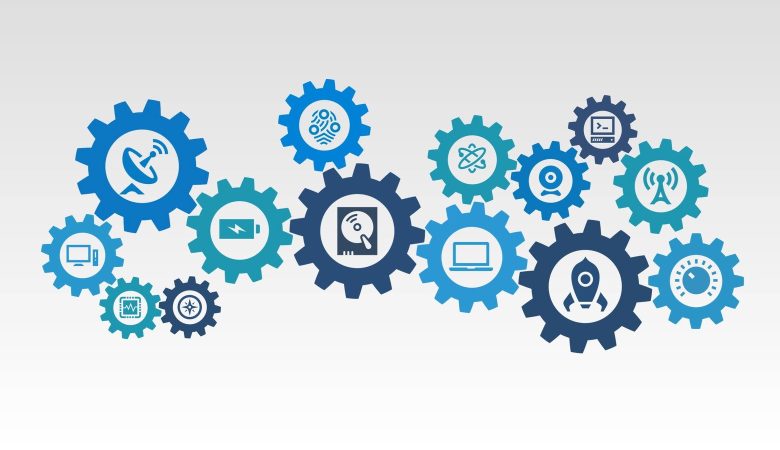Tech is a word that has become increasingly popular in the past decade or so, but it may be used interchangeably with the word innovation, but what does this mean for each? In this blog article, you will learn about the difference between the two and how they are different from one another.
What is Technology?
Technology is the application of scientific knowledge for practical purposes, especially in industry. It includes the use of machines, tools, and processes to make products or provide services.
Innovation, on the other hand, is the application of new ideas and solutions to solve problems or improve existing products and services. It may involve the development of new technologies, but it can also be driven by improving existing ones.
What is Innovation?
We often hear the words technology and innovation used interchangeably, but they are not the same thing. Technology refers to the application of scientific knowledge for practical purposes, while innovation is the introduction of something new.
Innovation can be something as small as a new way of doing things or a new product or service. It doesn’t necessarily have to be high-tech. For example, Uber is an innovative company, but their product is not particularly high-tech.
Technology, on the other hand, is all about using science to create new products or services. A good example of this is Elon Musk’s Tesla cars which use cutting-edge technology to create an innovative product.
So, while all innovations use technology, not all technologies are innovative. It’s the application of technology in a new or different way that makes it innovative.
How are they Different?
Technology and innovation are two terms that are often used interchangeably, but they actually have different meanings. Technology refers to the application of scientific knowledge for practical purposes, while innovation refers to the development of new ideas or products.
While technology can be used to create innovative products, not all technologies are innovative. For example, the wheel is a technology that was invented thousands of years ago, but it is not considered innovative because it is no longer new or unique. On the other hand, a smartphone is a relatively new technology that is considered innovative because it represents a significant advancement over previous generations of mobile phones.
Innovation does not always require the use of technology. For example, a business model or marketing strategy can be considered innovative even if it does not make use of any new technologies. Similarly, an invention can be considered innovation if it represents a significant improvement over existing solutions.
So, while technology and innovation are related, they are not the same thing. Technology refers to the application of scientific knowledge for practical purposes, while innovation refers to the development of new ideas or products.
What other things could you call technology?
Other names for technology include:
-Application
-Tool
-Machine
-System
-Equipment
-Process
-Product
Important Differences Between the Two
Technology is all about creating and using tools to make our lives easier, while innovation is about coming up with new ideas to solve problems. Technology can be innovative, but not all innovations are technological. For example, someone might come up with a new way to farm that doesn’t require any technology at all.
There are several important differences between technology and innovation:
– Technology is about using tools to make our lives easier, while innovation is about coming up with new ideas to solve problems.
– Technology can be innovative, but not all innovations are technological.
– Technology typically follows a linear path of development, while innovation can happen in any direction.
– Technology is often driven by research and development, while innovation can come from anywhere.
Innovation is important for businesses because it allows them to stand out from the competition, but it’s also important for society as a whole. Innovation helps us find new ways to do things and make progress.








